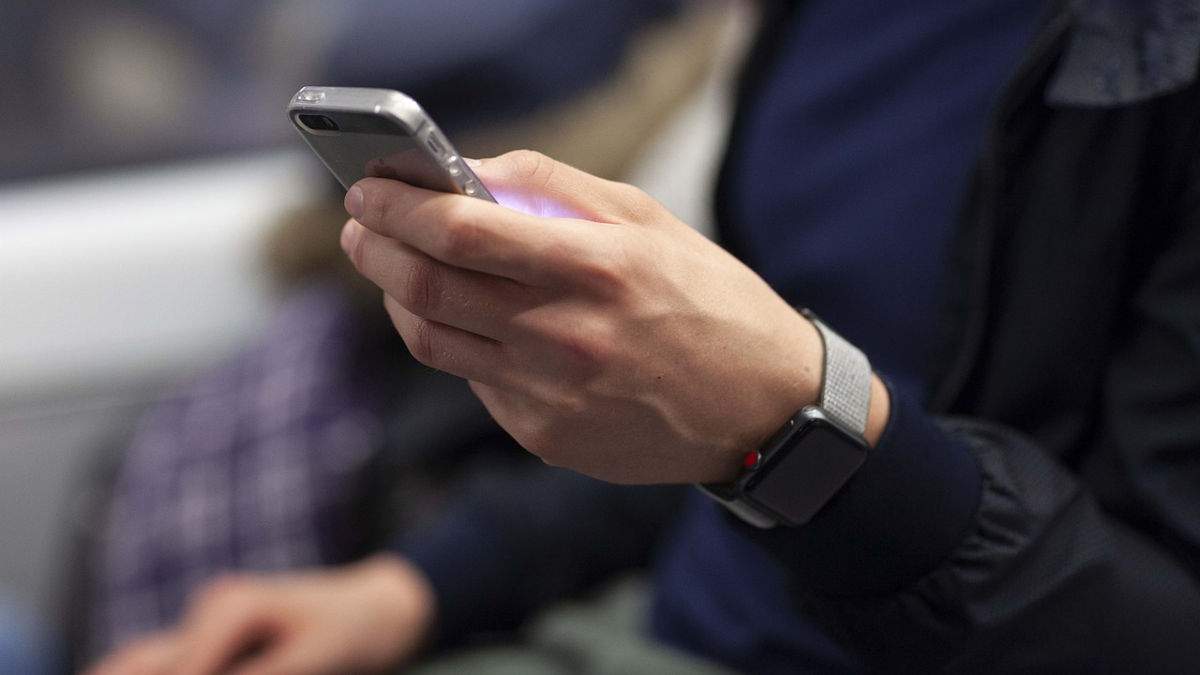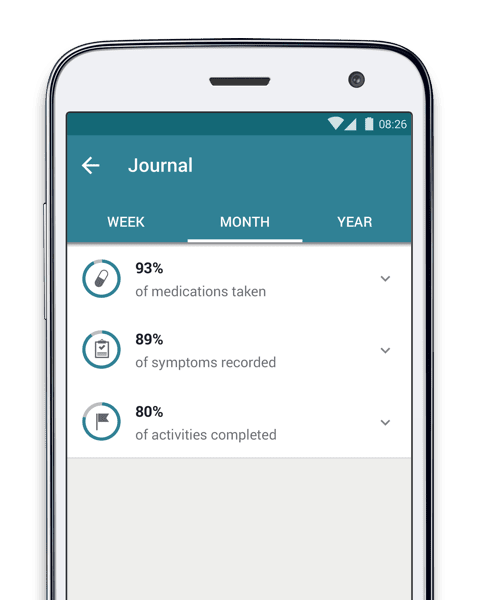Apple’s announcement of the Movement Disorder API gives app developers the capability of continuously tracking the symptoms of Parkinson’s disease via the Apple Watch. It is yet further evidence of Apple’s drive into the world of healthcare. What does this latest announcement mean for those living with Parkinson’s, and what is motivating Apple to move in this direction? Keep reading to find out.
What is Movement Disorder API?
Movement Disorder API is the latest addition to Apple’s ResearchKit. ResearchKit is a framework Apple released in 2015 that allows developers to create iPhone apps for medical research purposes.
Such apps can collect information based on user input, such as surveys, or by utilizing sensors found in the iPhone (such as accelerometer) and Apple Watch (such as heart rate sensor).
VascTrac, for example, was developed by Stanford Medicine and collects data through surveys and walking tests. The data is used to analyse disease progression in people living with peripheral artery disease (PAD).
At this year’s developers conference (WWDC), Apple announced ResearchKit 2.0, with several new features.
Chief among them was Movement Disorder API. It allows developers to track tremors when a person is resting, a common symptom of Parkinson’s, and dyskinesias, which tend to occur a little later in the disease course and are often in-part a side-effect of medication such as levodopa.
It does this by utilizing the sensors in the Apple Watch, the latest incarnation of which is expected in September.
“One of the identifiable symptoms of Parkinson’s is a tremor and this API monitors for tremor at rest, characterized by a shaking or a trembling of the body when somebody is not intending to move.”
– Gabriel Blanco, an Apple core motion engineer.
“Now there are treatments, including medications, that can help control the symptoms of Parkinson’s. However, these very same treatments can often have side effects, such as dyskinesia. One of those that this API can monitor for is a fidgeting or swaying of the body known as choreiform movement.”
How Does This Benefit Someone Living with Parkinson’s Disease?
A person living with Parkinson’s disease will typically be evaluated by a specialist several times per year in order to determine the progress of the disease and its symptoms.
However, this only provides a tiny snapshot of that person’s life. Given the inconsistent nature of Parkinson’s symptoms, it is impossible for such evaluations to tell the whole story. Hand-written diaries help but are often tedious to keep and may not be precise.
Utilizing a piece of technology that people can wear almost all the time to collect data helps fill significant gaps, without added effort on the user’s end.
This information can subsequently be used to gain a greater understanding of the disease progression, the effectiveness of medication, and patterns in symptoms.
The benefit of having this vast data is two-fold. On the one hand, it gives individuals and their specialist far more information about the disease. This can help improve treatment, which could improve one’s quality of life.
Other posts you may be interested in on the MyTherapy blog:
- How Apple’s Health Records App is Helping Put Healthcare into Your Hands
- Tech For Parkinson’s: From Apps To Steady Spoons And Walking Sticks
The clue to the second benefit is in the name ResearchKit. The raw data, collected on a scale made possible by Apple, is of enormous value to researchers. It can help accelerate research that is already underway and opens the door to new opportunities.
The likes of John Hopkins University are already using smartphone apps and machine learning to determine the severity of Parkinson’s.
With the release of the Movement Disorder API, Apple is making the development of similar apps easier, while giving developers access to a greater amount of data from the Apple Watch.
Why is Apple Moving into Healthcare?
The release of Movement Disorder API is far from Apple’s first foray into the world of healthcare. Since the release of the Apple Health app back in 2014, the company has identified the health industry as a key market.
In October 2017, Apple announced the Apple Heart Study to determine whether the Apple Watch can be used to accurately identify heart irregularities such as Atrial Fibrillation.
In January this year Apple announced that its Health App would be able to connect to hospitals and clinics, allowing users to download their electronic health record (EHR) directly to their iPhone.
In addition to releasing the Movement Disorder API at WWDC, Apple also released Health Records API. This will allow developers to access the aforementioned EHR data from the Health App and use it in third-party apps such as medication reminders.
Clearly then, Apple is taking the healthcare industry seriously – and it is easy to understand why.
Firstly, the iPhone and Apple Watch are powerful tools for collecting health-related data. Apple now has a record 44% share of the smartphone market in the US and sold 8 million Apple Watches in the final quarter of 2017. That is more watches than Rolex, Omega, and Swatch sold collectively.
Secondly, Apple maintains notoriously strict control over the iPhone’s operating system, iOS. This is in contrast to the open source nature of Google’s Android operating system, Apple’s biggest competitor in the smartphone market.
When it comes to information as sensitive as healthcare data, this stricter approach is useful in ensuring privacy and security is adhered to.
Finally, Apple is one of the wealthiest companies on the planet.
Apple, therefore, has a huge consumer base, the infrastructure, and the financial resources to enter the healthcare market in a way no other company can.
The goal, it seems, it to make products such as the iPhone and Apple Watch far more than nifty gadgets. They could become life-saving or, at least, life-improving devices.
Apple reportedly met with health insurer, Aetna, last year, which suggests they may be aiming to get the Apple Watch onto the wrists of millions more people specifically for healthcare purposes.
What Happens Next?
For people living with Parkinson’s disease, it is something of a waiting game for the first apps to be made available for download.
Developers currently have access to the Apple Watch’s next operating system, watch OS 5, and can begin testing the new features.
The public release is expected later this year, probably in September along with the Apple Watch Series 4. It will be a free upgrade for any owner of the Series 1, Series 2, and Series 3, but not the original (which, confusingly, isn’t the Series 1).
From that point onwards, anybody with a compatible iPhone and Apple Watch will be able to download new apps that become available.
What developers and researchers come up with remains to be seen.
However, given the innovative apps that have been developed since Apple first released ResearchKit three years ago, the additional functionality offered by the Movement Disorder API can only be good news.
Ultimately, those with Parkinson’s disease stand to benefit on a personal level, while the scope for additional research can help everyone living with the condition.
Take a look at some of the other posts on the MyTherapy blog:



